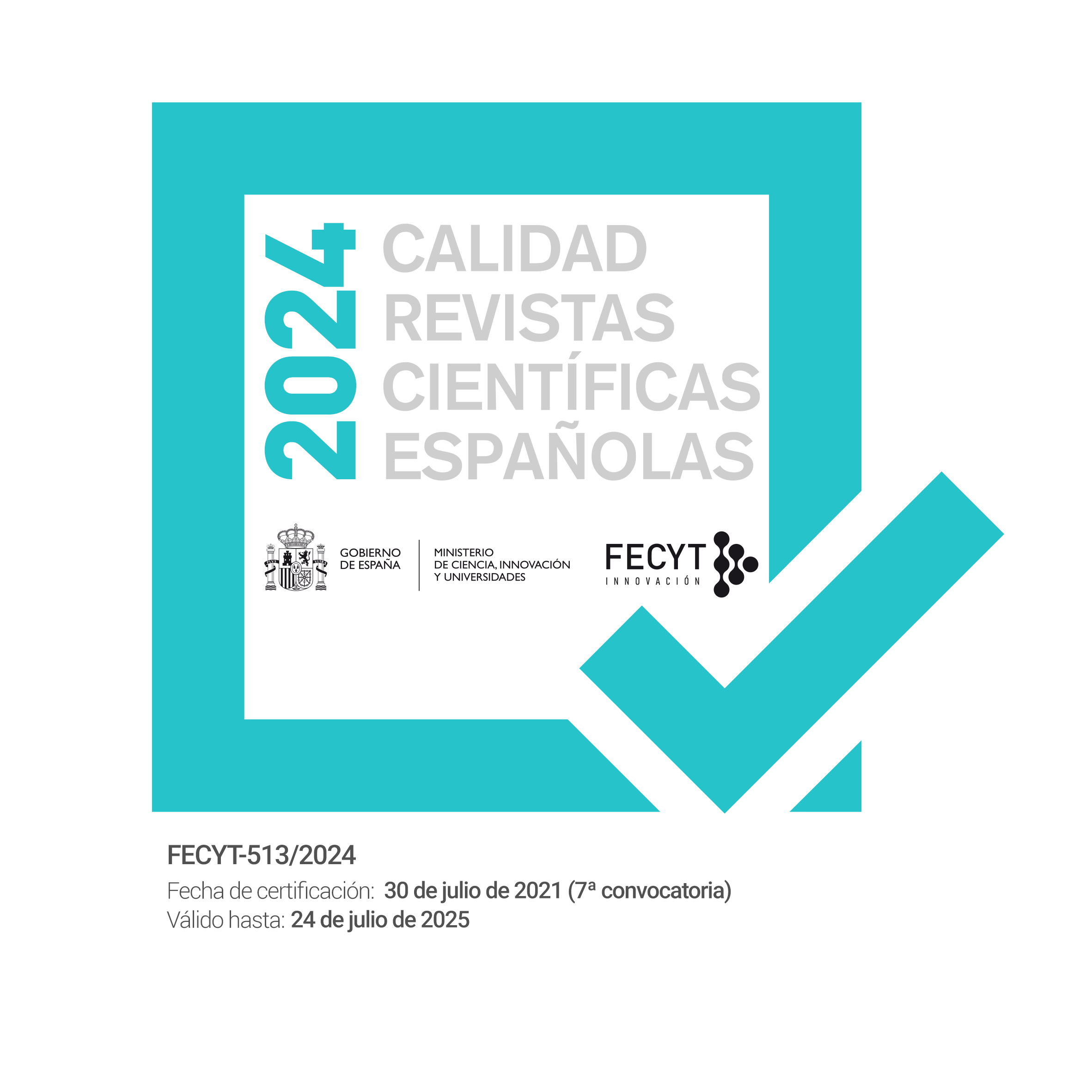RELACIÓN ENTRE ESTILOS DE APRENDIZAJE Y ESTILOS DE PENSAMIENTO DE PROFESORES UNIVERSITARIOS
DOI:
https://doi.org/10.55777/rea.v6i11.973Palabras clave:
Estilos de Aprendizaje, Estilos de Pensamiento, Profesores UniversitariosResumen
Resumen
El estudio midió la relación entre los estilos de aprendizaje y los estilos de pensamiento de los profesores de tiempo completo de la Universidad Tamaulipeca. Se seleccionó una muestra intencional conformada por los 37 profesores de tiempo completo aplicándoles, durante mayo-agosto de 2011, el Cuestionario Honey-Alonso de Estilos de Aprendizaje y el Inventario de Estilos de Pensamiento de Sternberg-Wagner. Los resultados indican que no existe correlación significativa entre las dos variables; presentándose entre los estilos pragmático-interno una r = 0.592 como el índice más alto (correlación moderada). Según la suma de las preferencias “muy alta” y “alta”, el estilo de aprendizaje predominante es el teórico (75.6%), y los estilos de pensamiento predominantes son: judicial (89.2%) y ejecutivo (78.4%); jerárquico (64.8%) y anárquico (64.8%); local (81.1%); externo (62.1%) y conservador (75.7%). Tampoco hay diferencias significativas, en dichas preferencias, por la afiliación, género, formación profesional y antigüedad laboral.
RELATIONSHIP BETWEEN LEARNING STYLES AND THINKING STYLES OF UNIVERSITY TEACHERS
Abstract
The study measured the relationship between learning styles and thinking styles of full-time teachers of the Universidad Tamaulipeca. An intentional sample was made up of 37 full-time teachers applying, during May-August 2011, the Honey-Alonso Learning Styles Questionnaire and the Sternberg-Wagner Thinking Styles Inventory. The results indicate that there is no significant correlation between the two variables; appearing between styles pragmatic-internal one r = 0.592 like the highest rate (moderate correlation). According with the preferences sum “very high” and “high”, the predominant learning style is the theoretical (75.6%), and the predominant thinking styles are: judicial (89.2%) and executive (78.4%); hierarchical (64.8%) and anarchic (64.8%); local (81.1%); external (62.1%) and conservative (75.7%). There are also no significant differences by affiliation, gender, training and seniority.
Descargas
Descargas
Publicado
Cómo citar
Número
Sección
Licencia
Con el envío del original, el/los autor/es declaran que conocen y aceptan, en su totalidad, la política de privacidad así como los derechos de autor de la Revista de Estilos de Aprendizaje.
La Revista Estilos de Aprendizaje ofrece acceso libre y abierto a su contenido de forma totalmente gratuita con el fin de hacer llegar la investigación científica a sus lectores y sociedad en general. Todos los contenidos digitales son de acceso libre y gratuito y se publican bajo licencia de Creative Commons:

La cesión de derechos se realiza bajo la licencia Creative Commons Reconocimiento-NoComercial-SinObraDerivada 4.0 Internacional (CC-BY-NC-ND 4.0)
Bajo esta licencia, está permitida la reproducción y difusión de los contenidos de la revista con fines educativos, sociales y de transmisión de conocimiento, sin ánimo de lucro y siempre que no se modifiquen, se cite la procedencia y la autoría.
La licencia a la que se acoge la Revista de Estilos de Aprendizaje permite copiar y distribuir los contenidos de la revista, siempre que se reconozca la autoría de la obra, especificando correctamente el autor y la entidad editora. No se puede utilizar la obra para fines comerciales y tampoco se puede alterar, transformar o generar una obra derivada a partir de esta obra.
La Revista de Estilos de Aprendizaje es una revista de acceso abierto. La publicación de artículos o reseñas en la Revista no da derecho a remuneración alguna. Así mismo, tanto para los autores como los lectores, la revista es gratuita Creative Commons Reconocimiento-NoComercial-SinObraDerivada 4.0 Internacional (CC-BY-NC-ND 4.0).
Desde la Revista de Estilos de Aprendizaje se invita al/los autor/autores a ampliar la visibilidad y el alcance de sus artículos publicados mediante la redifusión de los mismos en:
- Espacios web y redes personales, así como en encuentros y foros científicos.
- Archivos abiertos institucionales en Universidades, repositorios educativos y Centros de Investigación.
- Redes académicas y científicas (Researchgate, Academia.edu, Plubons, etc.).
Se requiere que en todos estos espacios y publicaciones se incluyan todos los datos bibliográficos de la publicación.
























